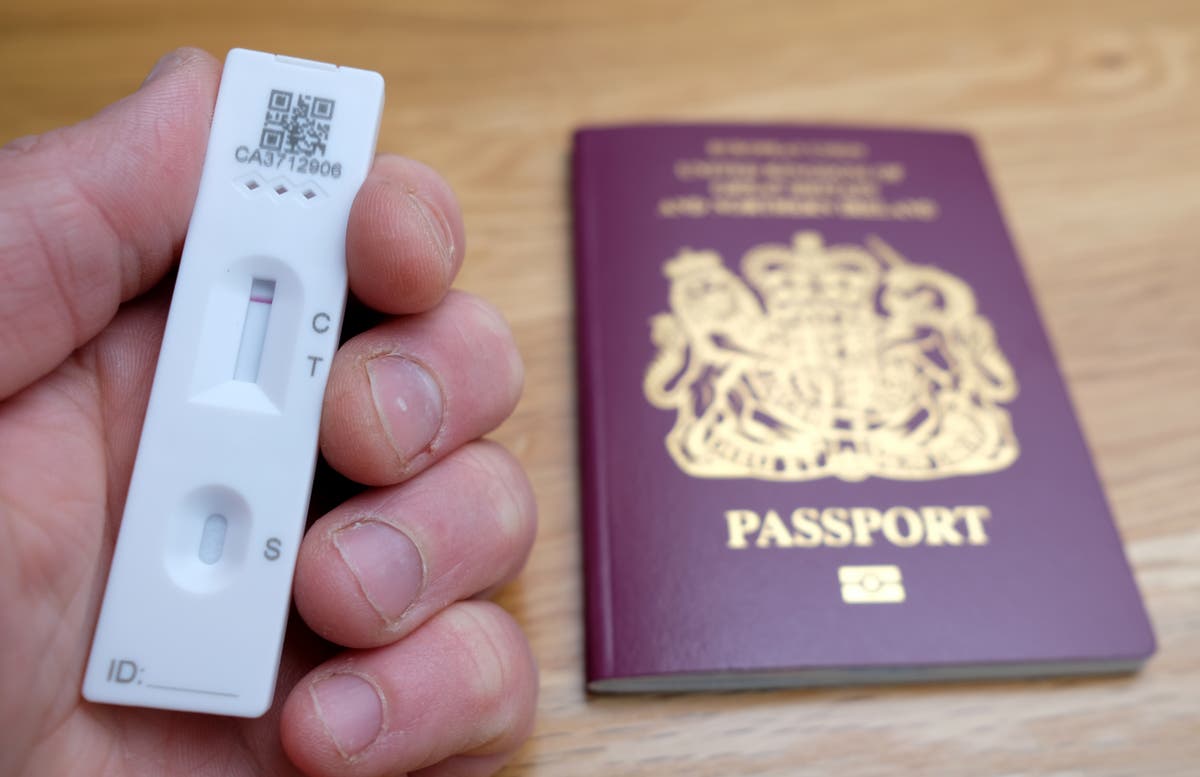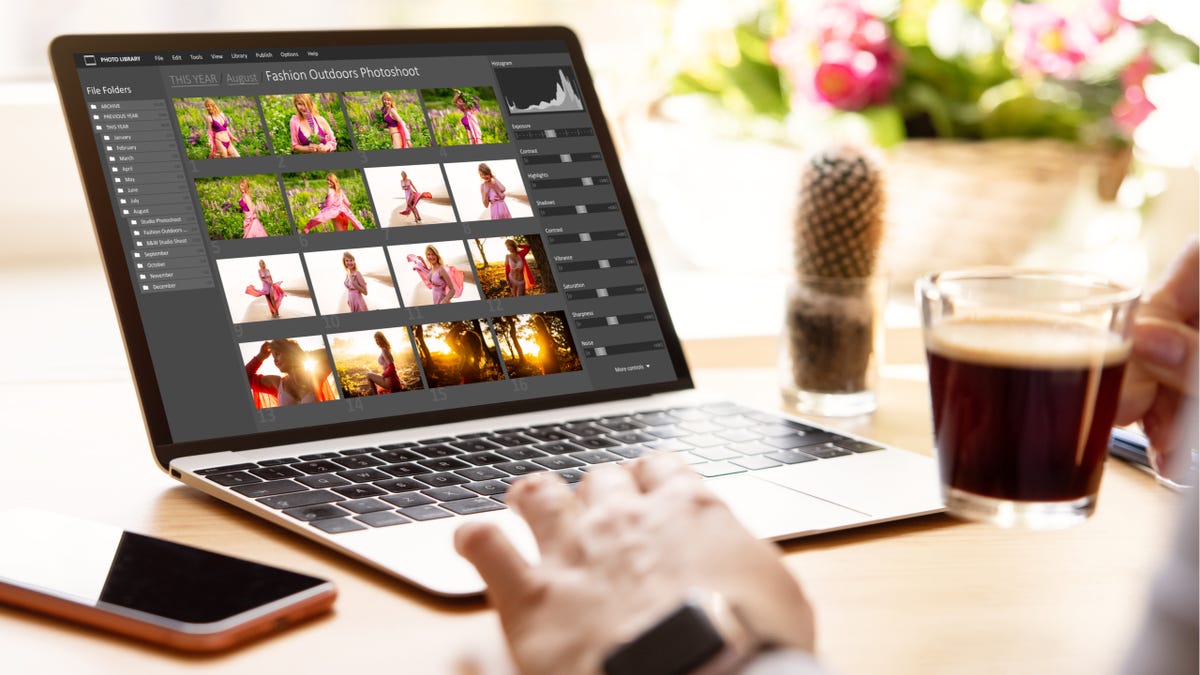The Leviton Scene Controller Could Be Smarter
Instead of a smart plug, what if the outlet itself was smart? In fact, what if all your outlets were smart? Leviton, a legacy brand for outlets, light switches, and dimmers, is adding connectivity to its products, which makes...
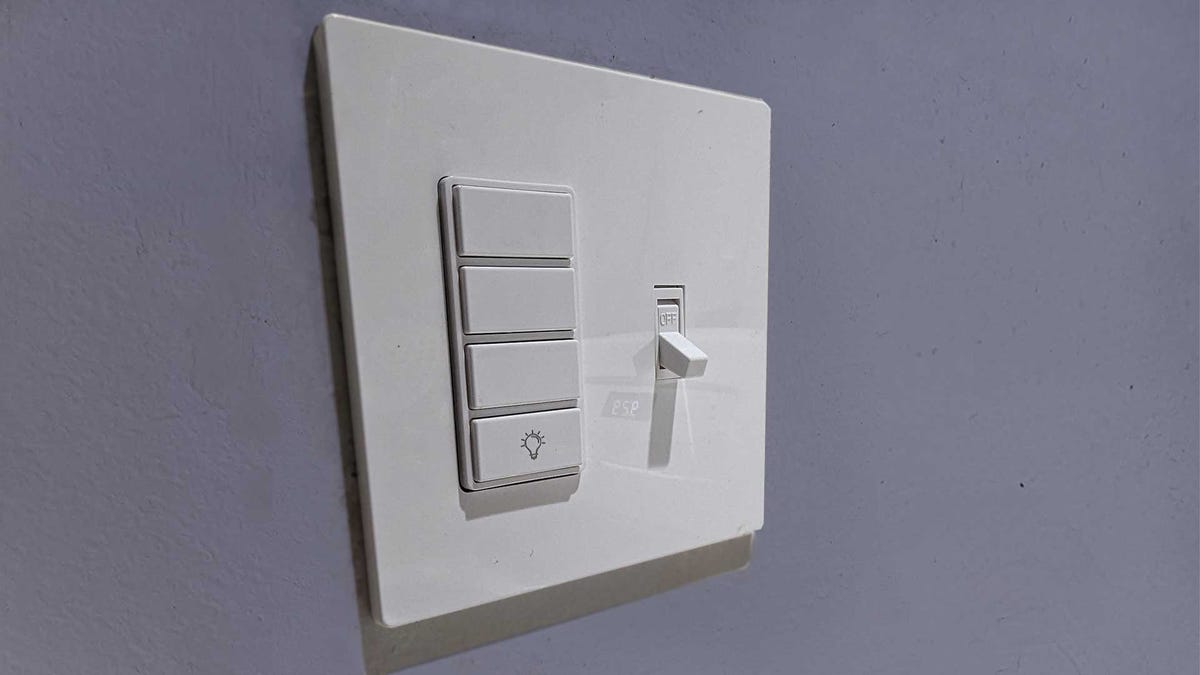
Instead of a smart plug, what if the outlet itself was smart? In fact, what if all your outlets were smart? Leviton, a legacy brand for outlets, light switches, and dimmers, is adding connectivity to its products, which makes a smart home more accessible to everybody. Now, instead of installing a smart light or fan, you make the control smart instead.
The Leviton Decora Scene Controller Switch has a lot of that potential, but with a few caveats. It’s a wall switch with four buttons, replacing a normal, one-gang light switch on the wall. Of the four buttons, the bottom one is hardwired as the new light switch. You can control one hardwired device, whether that’s a light or fan, as you would normally, but now that switch can also be activated virtually. The three additional buttons are for you to program as you please, so they can activate another device.
The problem is, Leviton assumes you only want to interact with Leviton devices, which is impossible, since their footprint in smart tech is so small. (In addition to wall outlets and light switches, they also sell indoor and outdoor plugs.)
Leviton smart products are designed to work primarily with other Leviton products
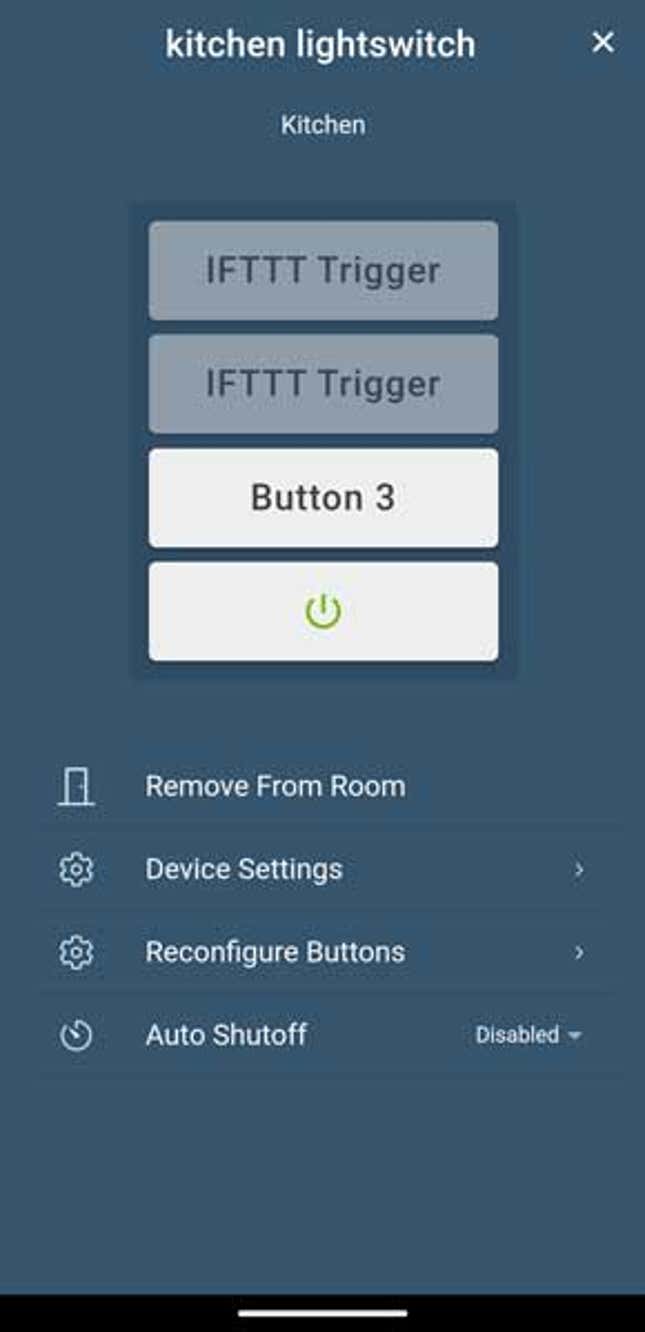
The My Leviton app allows you to configure the top three smart buttons to control any Leviton device or use IFTTT. Screenshot: Amanda Blum
Although Leviton products, including this one, are Matter compatible, you still need the My Leviton app to take full advantage of their features. From there, you can set up “scenes,” which are presets of your Leviton products— perhaps during the day you keep your living room lights off, but at night they come on at 80%. You can control multiple Leviton products or just one, but it’s all within the Leviton ecosystem.
Leviton also lets you use IFTTT to program these buttons, which, if you’re crafty, is a decent but hacky solution. For instance, I used the switch in my kitchen, and hardwired it to the “dumb” overhead light. I have two wifi lights over my stove, and wanted a button for that. Luckily, those lights are a brand that integrates with IFTTT (many brands, like Meross, don’t), so I was able to write an applet to do so. But first, I had to write a scene in the native app to turn them on, and another to turn them off, then pull them into IFTTT. So, instead of one button, I have to use two: one to turn them on, and one to turn them off. Unless you’re comfortable with some online hackery, it’s unlikely you’ll use the IFTTT option.
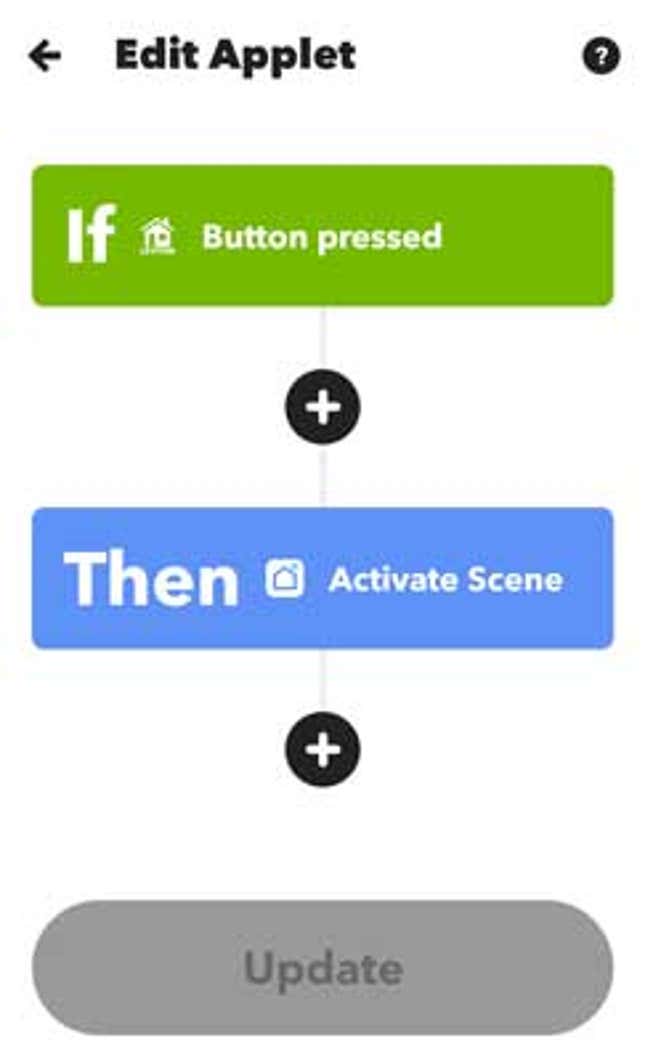
An applet in IFTTT that can be written to use when buttons are pressedScreenshot: Amanda Blum
For me, the promise of a button I could do almost anything with would be spectacular in say, Google Home, where I could use it as a trigger for a slew of automations. While you can call the hardwired switch through Google Assistant, Siri, or Alexa, you can’t call the other buttons through these services.
Installation of the Leviton Scene Controller was a breeze
Unlike most smart products, installation of the Decora switch has two parts: the smart integration and the physical wiring up of the switch itself. I handled the wiring myself, and it’s no more difficult than changing out any other switch. That said, check your outlet before purchase, since you’ll need a ground wire, and if you aren’t familiar with how to do this, hire an electrician or consult a how-to. Safety before smart switches! The pairing was simple: You scan the barcode of the product on the box with your phone, and it sets up the product in your app. All my Leviton products paired on the first try. Additionally, I loved that Leviton allows you to use biometrics (your fingerprint) to sign in. Not a lot of other smart home apps do this.
Laggy response time, but consistent pairing
One of my chief complaints about the Leviton switch is responsiveness. While the hardwired switch is pretty fast, it’s not as immediate as a physical switch, but I expect that. There’s a momentary lag, but that doesn’t compare to the significant lag of the virtual buttons on top. Perhaps it’s that the logic has to loop through IFTTT first, but there is a two-second delay on each of the virtual buttons, enough time for you to think, “Is it really working?” It’s not a dealbreaker, but it is annoying.
The switch has stayed paired as long as I’ve had it wired up, and even with a lag, it is nice to have a physical switch for smart lights that don’t otherwise have one. If you’re sold on the Leviton brand and switch out some, many, or all of your outlets and light switches, then it makes more sense. But if you’re buying them piecemeal for a singular solution (this one light), then it makes a lot less sense. In those cases, I’d arguably go with a smart button, which would let you program anything through your hub.
Solid as a switch replacement, less so as smart buttons
In the end, the Leviton is still a neat, clean product that doesn’t require additional real estate on your wall. It gives your existing switch a smart upgrade you can add to home routines, and hopefully, in the future, Leviton will open up the functionality for the additional buttons to more options.

 JimMin
JimMin 







